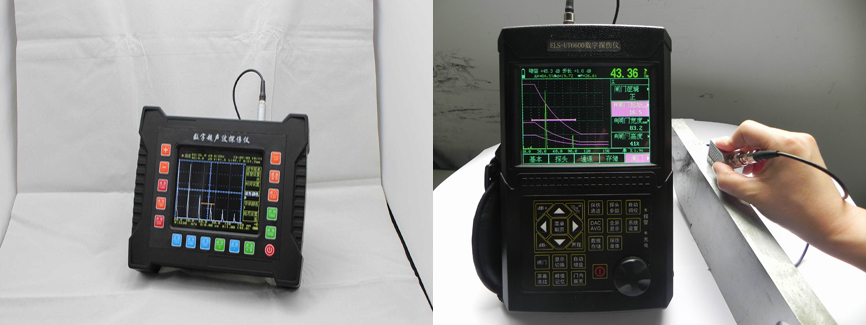

Ultrasonic flaw detection is a method to check the defects of parts by using the characteristics that ultrasonic can penetrate into the depth of metal materials and reflect at the edge of the interface when entering another section from one section. When the ultrasonic beam passes from the surface of the parts to the inside of the metal from the probe, the reflection waves will occur when the defects and the bottom of the parts are encountered, and the pulse waveform will be formed on the fluorescent screen according to these pulses Waveform to determine the defect location and size. There are many kinds of wave types when ultrasonic wave propagates in the medium, and the most commonly used ones are P-wave, S-wave, surface wave and plate wave. The longitudinal wave can be used to detect the inclusion, crack, shrinkage, white spot, delamination and other defects in metal ingots, billets, medium and thick plates, large forgings and simple shaped workpieces; the transverse wave can be used to detect the circumferential and axial cracks, scratches, pores, slag inclusions, cracks, incomplete penetration and other defects in pipes; the surface wave can be used to detect the surface defects on simple shaped castings The plate wave can be used to detect the defects in the thin plate.